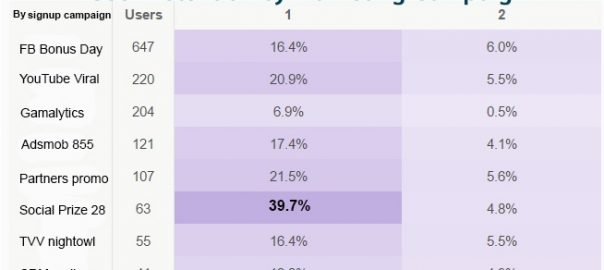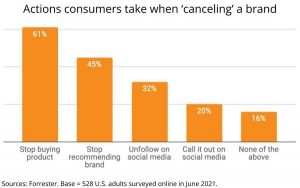— June 25, 2017
In the past, online businesses reacted to customer behavior after they moved along the path to purchase. With the release of advanced analytical tools, businesses are now empowered to not only act in a proactive fashion, but they are able to shape customer journeys on the way to purchase in a more active way. Just because the technology is available, doesn’t mean that businesses are using it sufficiently enough. However, those that do are able to shape customer decisions and negate any buying objections in optimizing the path to purchase.
When optimizing the customer journey, which will shape their decisions, it is most effective to get a complete picture to understand the customer’s path from beginning to end. When I talk about the entire customer journey, I’m talking about across the entire spectrum of sources which includes all devices, sessions and touchpoints. This can be quite a complex endeavor, given the plethora of touchpoints and the various channels that are an intrinsic part of that journey.
In order to get this all-encompassing view of the customer journey, you must conduct time-series path analysis. It is imperative to unify all this user event data emanating from multiple platforms such as Marketing (Campaign, email, etc..), CRM, financial and Social Media.
When joined and unified in one place, the highly varied data, representing all customer actions is very valuable when joined together and analyzed. These user actions include, clicking on a registration form, registering, visiting a catalog, viewing specific items, etc…
This new way of analyzing each customer’s action at the granular level in understanding their behavior opens up a world of opportunities for marketers to take this understanding and make wiser, better informed business decisions.
Let’s look at a few examples of how businesses achieve this:
From the First Ad Click to Higher Retention and Conversion
Understanding player behavior is paramount in the world of mobile gaming. Knowing who clicked and installed the game is just the first step of many to understand gamer behavior. Gaming platforms need to have a deep understanding of player behavior and retention to get a leg up on the competition. It really is the primary way to gain an edge in this fiercely competitive industry.
Utilizing advanced analytics, mobile game publishers are empowered to quickly determine which marketing campaigns realized the highest ROI, which ones had the best retention rates and which paying players had the highest conversions. Just understanding these alone shows how essential it is for an online gaming business’ decision-making process. Integrating and unifying all this data from the various sources in one place gives gaming app publishers a holistic view of player behavior.
Straight from the Source(s)
Appsflyer, a company that measure mobile app attribution is an example of a source that releases campaign data. From this one source alone, businesses can understand which signup channels drove the most mobile revenue. Going further, mobile app publishers can conduct cohort analysis in analyzing the retention rate of groups of users, segmented by signup campaigns.
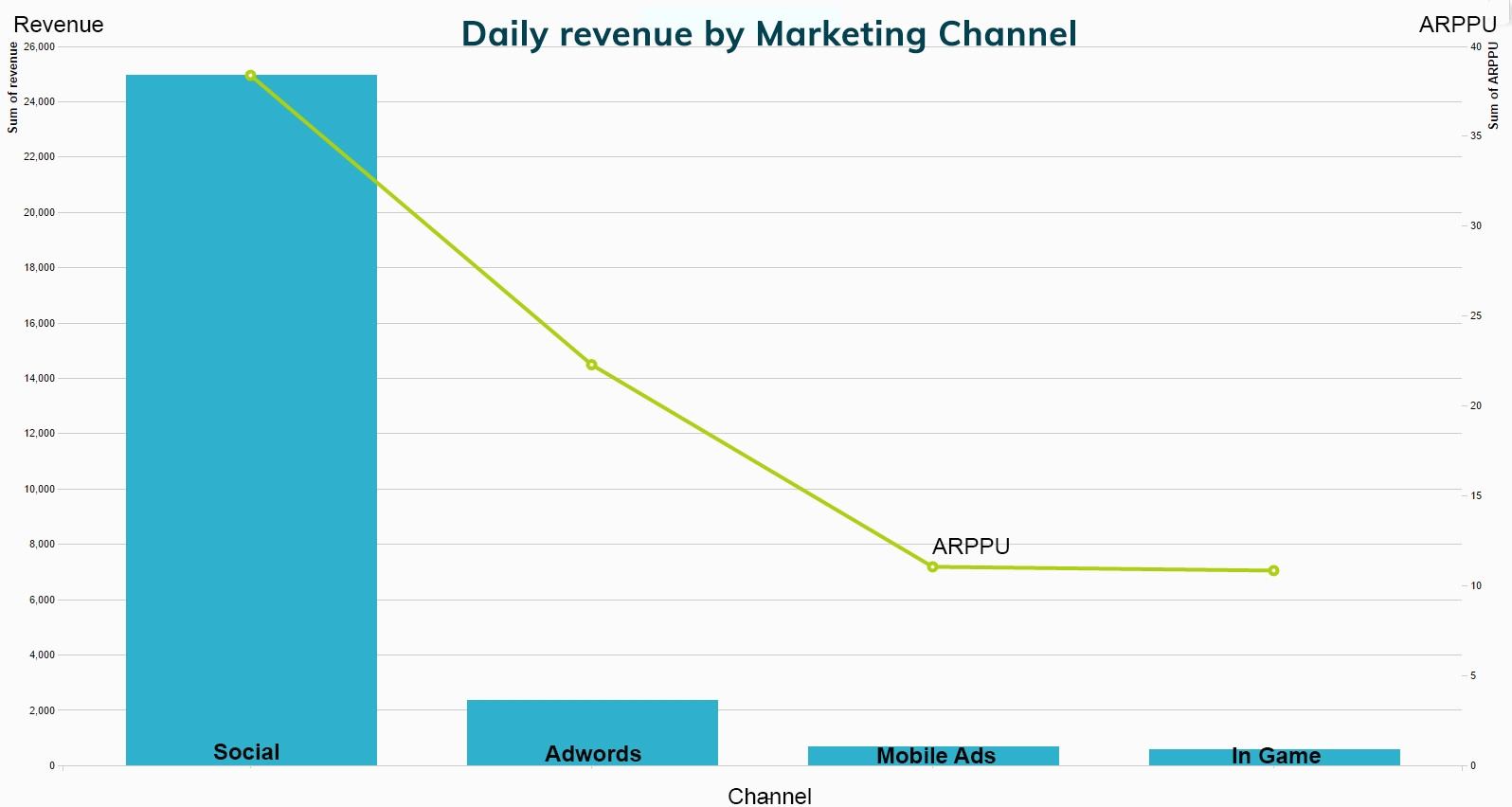
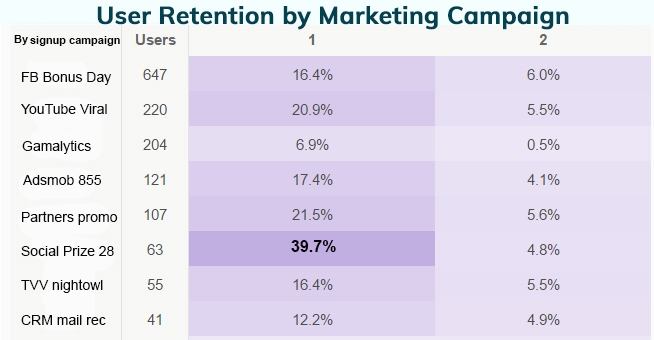
Gaming app publishers can utilize these insights to further optimize marketing campaigns by focusing on social media channels to promote their apps, instead of relying on mobile ad or in-app campaigns. Cohort analysis is another way they can determine which marketing campaigns increased player retention.
Page Views and Clicks –> Better Content Optimization
Content’s success is primarily determined by the number of shares. In media and publishing platforms this is paramount. When you have the ability to measure shares, it will bring you insight into the types of articles. channels, topics and campaigns that are successful and that should be further optimized.
For instance, once marketers see which of their posts had the highest share rates from both direct (60%) and Facebook (11%) traffic, they’ll be empowered to know on which channels they should concentrate their efforts.
Focusing on the Most Valuable Customers Optimizes Revenue Performance
The combining of financial data such as customer payment methods, number of items purchased, and returned items with behavioral data is critical in understanding how impactful are your marketing campaigns. You’ll be positioned to know the success of an eCommerce 20% off campaign if you can see that a large portion of your customers ended up returning the items purchased a short time later.
For example, industry experts agree that the data says a large chunk of returns are a product of improper sizing when it comes to apparel. With that in mind, high return rates might be the impetus for businesses to offer detailed sizing charts with guidelines on how to choose the proper size. Upon offering this chart and guidelines to their customers, businesses may notice a significant decrease in returns while realizing an overall spike in revenue. Via the integration of payment with marketing campaign data, businesses would be poised to focus on identifying problems before they spiral out of control and begin focusing on the customers that will bring them long-term value.
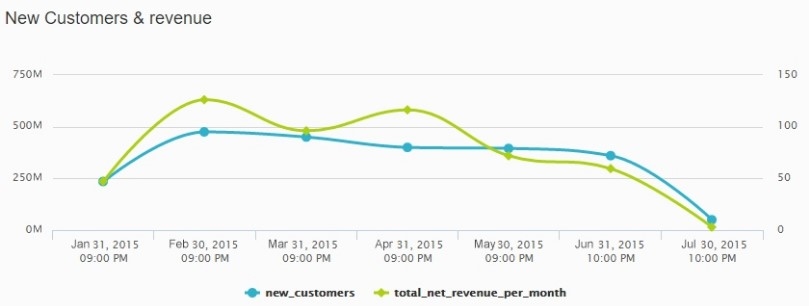
The Customer Journey: A Holistic View
Businesses which succeed in gaining a full and comprehensive understanding of the customer journey have a bright future ahead. It’s not just understanding it. It’s about understanding the customer journey better than their competitors.
Let’s look at a survey from 2015 that still holds true today. Based on the feedback by national US advertisers, top performers were those that:
• Gained a full understanding of the customer journey better than their peers.
• Were bound to a better process for analyzing user data, gaining insights and applying those insights in improving marketing performance.
A comprehensive understanding of the entire customer journey across all devices, touchpoints, sessions and platforms will give businesses all the insights they need to compete.
Digital & Social Articles on Business 2 Community
(58)
Report Post